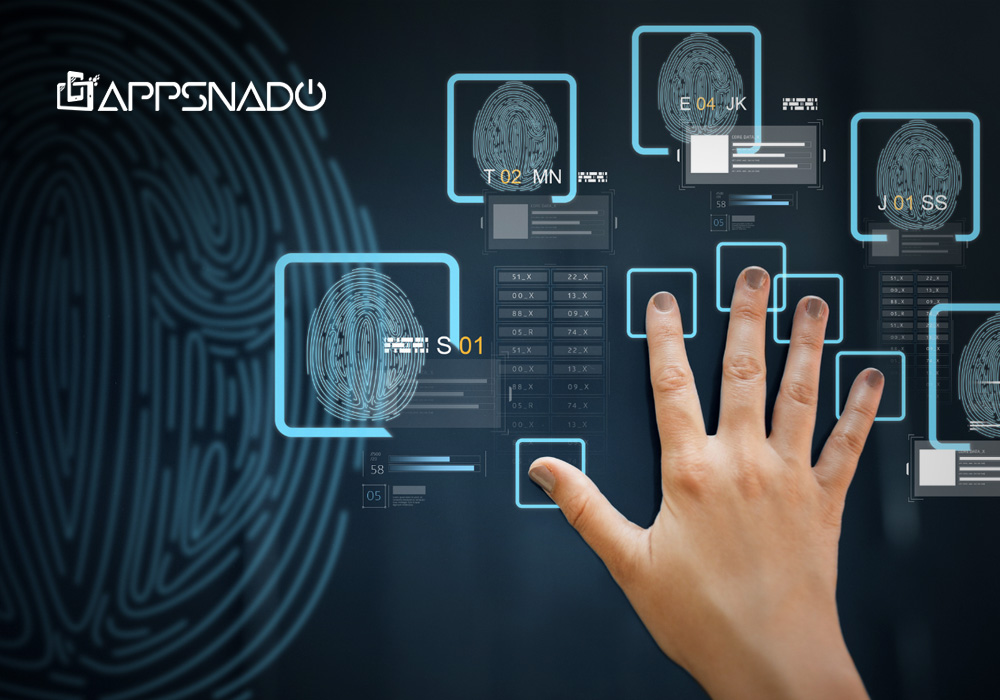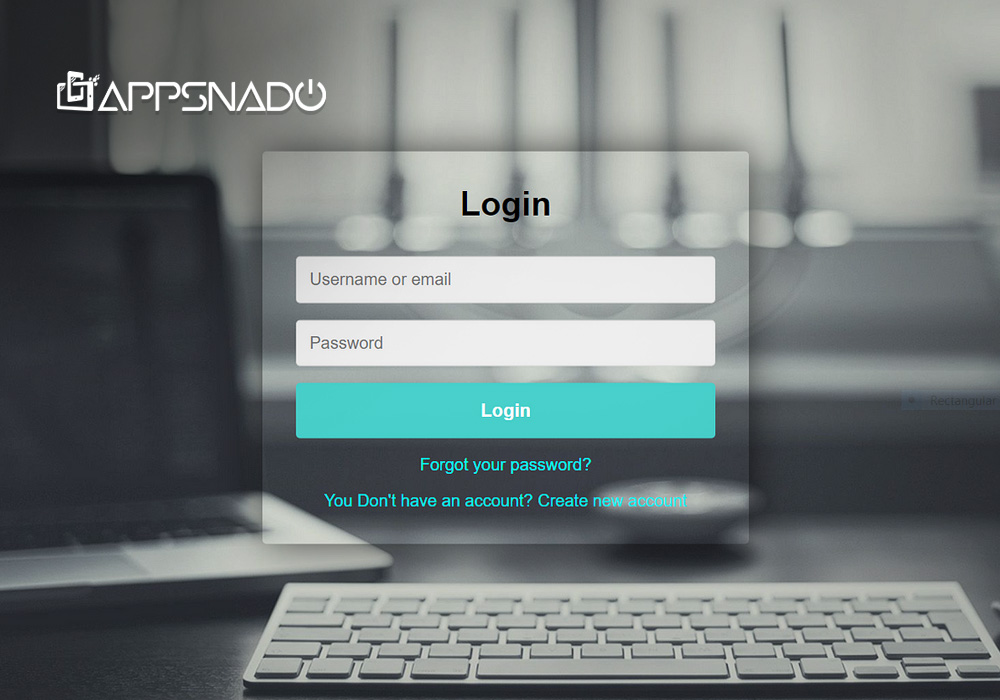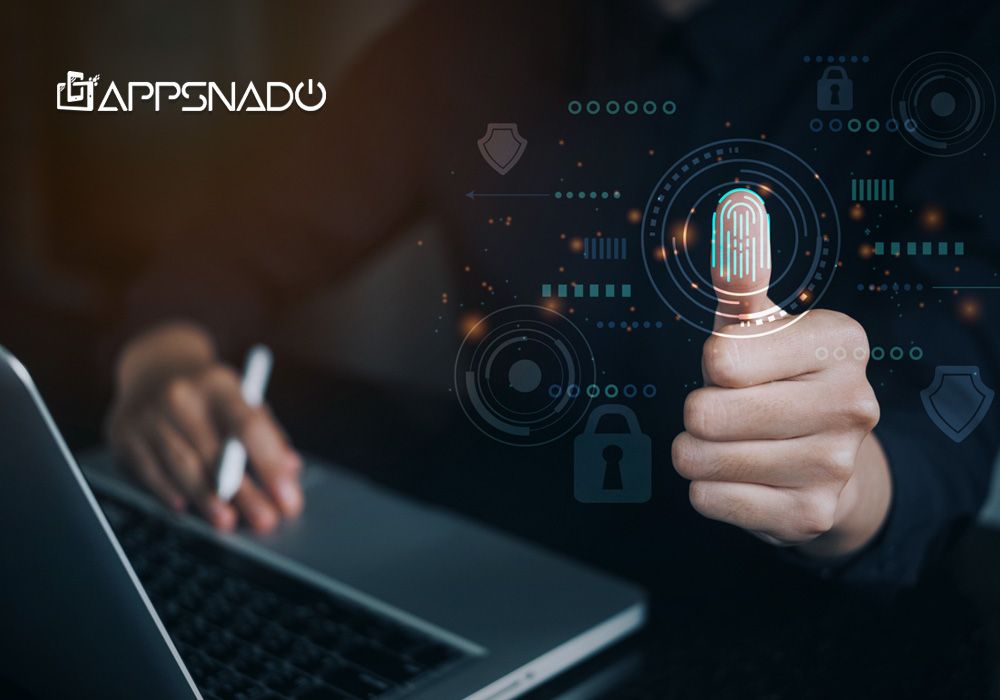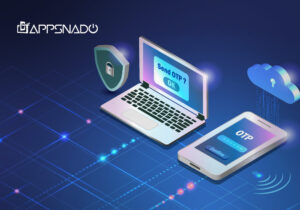Login Authentication: An Overview
In today’s digital world, authentication is not just a gatekeeper; it’s a key driver of user trust, engagement, and business success. Embracing innovative login authentication methods and CIAM solutions is the way forward for businesses looking to thrive in the digital era. Although using passwords has been the most popular way to protect user accounts, it has some weaknesses. People often create predictable passwords and use the same ones for different versions. This puts them at risk of being hacked by methods like guessing and using stolen credentials. However, the dawn of password-less authentication methods has brought fresh air to cybersecurity. These methods eliminate the need to remember complex passwords and assist users in the whole process of authentication.
Biometric Authentication: Uniqueness at Your Fingertips

Using biometric login authentication is an exciting way to verify your identity. This method protects your information by using unique biological traits like fingerprints, eyes, or faces. Biometric security is very trustworthy because it’s almost impossible to fake your physical characteristics. Using your fingerprint or face scan to unlock your phone or access your bank account is a safe and convenient authentication method. It’s easy to use and simplifies the process to a single action. This makes it ideal for mobile devices and other technologies.
Social Login: Streamlining the User Experience
Social login is a new way to quickly sign up or log in to many websites and apps. You can use your Facebook, Google, or Twitter accounts instead of creating a new account or remembering extra passwords. This makes things easier for you. It’s a lot easier! This approach is especially popular among platforms that aim to provide a smooth onboarding experience while minimizing potential user frustration.
However, businesses implementing social login must be vigilant about securing user data and complying with relevant data protection regulations. Trust is a crucial element in user authentication, and users must feel confident that their data is handled carefully.
Figure login

There is a platform named Figure Login, which facilitates the user with a secure way of logging in and accessing their accounts and finances; because of the security, it is user-friendly and helps the users to have good trust.
Check Out These:
Types of Login
Passwordless Authentication

Passwordless authentication takes a giant leap beyond traditional passwords by eliminating them entirely from the equation. Instead of relying on something you know, like a password, passwordless authentication leverages alternative methods for identity verification.
Some common approaches to password-less authentication include
- One-Time Codes:

Users receive a unique code on their registered mobile devices or email addresses, which they use for authentication. These codes are typically time-sensitive, adding an extra layer of security.
- Biometric Data:

As mentioned earlier, biometric login authentication methods like fingerprint or facial recognition can verify a user’s identity without needing a password.
- Hardware Tokens:

Physical hardware tokens, such as USB security keys or smart cards, can be used for authentication. These tokens generate unique codes that are difficult for attackers to replicate.
By removing passwords from the authentication process, businesses can mitigate the risks associated with weak passwords or password reuse, leading to a more secure authentication process.
User Authentication
When you are accessing the platform, it’s important to ensure that you have the right to do so. Verifying that someone is attempting to open the account is known as user authentication. This has been achieved via multiple ways like OTP, PIN, etc.
The Impact of Poor Authentication Experience on Business Growth
In today’s digital landscape, user expectations for authentication are higher than ever. Users who visit a website or use an app expect a frictionless authentication process. The days of lengthy registration forms and cumbersome password resets are long gone. The login authentication experience can benefit a business’s growth and reputation. Users are less likely to engage with platforms that create unnecessary friction during authentication. They want a seamless, hassle-free experience.
Imagine a scenario where a user visits your website for the first time. Instead of a quick and straightforward registration process, they are confronted with a complex web of forms and password requirements. Chances are, they will abandon the process and seek alternatives. This leads to lost potential customers and damages your brand’s image.
Even for existing users, the frustration of repeatedly entering usernames and passwords can drive them away. Businesses that provide a seamless authentication experience risk losing customers to competitors who prioritize user convenience.
The Role of Customer Identity and Access Management (CIAM)
To address the challenges of poor authentication and improve the overall user experience, businesses are turning to Customer Identity and Access Management (CIAM) solutions. CIAM is more than just authentication; it’s a comprehensive approach to managing customer identities and interactions.
CIAM solutions simplify the customer journey, from registration and authentication to post-login activities. They create a centralized customer database that links all applications and services, providing users with a secure and seamless experience.
A robust CIAM solution offers the following benefits:
- Simplified Registration: CIAM streamlines the registration process, allowing users to sign up quickly and easily. Whether through social login, passwordless methods, or traditional credentials, CIAM ensures a hassle-free registration experience.
- Frictionless Authentication: With CIAM, businesses can offer frictionless authentication methods like social login or biometrics. Users can access their accounts with a single click or a fingerprint scan, reducing frustration and abandonment rates.
- Valuable Customer Insights: CIAM solutions collect and organize customer data, providing businesses with valuable insights. This data can be used for targeted marketing, personalization, and improving the overall customer experience.
- Security: CIAM solutions prioritize security by implementing advanced authentication methods and ensuring compliance with data protection regulations. This builds trust among users, knowing their data is safe.
Customer Identity and Access Management (CIAM) solutions offer a path to achieving a frictionless authentication experience. They simplify registration, provide frictionless authentication options, and offer valuable customer insights, all while prioritizing security.
In today’s digital world, authentication is not just a gatekeeper; it’s a key driver of user trust, engagement, and business success. Embracing innovative login authentication methods and CIAM solutions is the way forward for businesses looking to thrive in the digital era.
User Authentication: Understanding the Basics and Top Tips
A New Era of Security
Conventional password-based authentication has been the preferred technique for safeguarding user accounts, but it has weaknesses. Users frequently select effortlessly predictable passwords and recycle them across various accounts, predisposing them to attacks like brute force and credential stuffing. However, the dawn of password-less authentication methods has brought fresh air to cybersecurity.
Biometric Authentication: Uniqueness at Your Fingertips
Biometric authentication leverages unique biological characteristics like fingerprints, iris patterns, and facial features to verify a user’s identity. It offers a high level of security because these traits are nearly impossible to replicate. Biometric authentication is not only more secure but also incredibly convenient for users. It simplifies the authentication process to a single action, such as a fingerprint or face scan.
Social Login: Streamlining the User Experience

Social login is another innovative authentication method that simplifies the user experience. It allows users to sign in using their existing social media credentials, such as Facebook or Google accounts. This approach eliminates the need for users to create new accounts or remember additional passwords, reducing friction during onboarding.
Beyond the Password Dilemma
Passwordless login authentication takes a giant leap beyond traditional passwords by eliminating them. Instead, it leverages alternative methods like one-time codes, biometric data, or hardware tokens for identity verification. This approach mitigates the risks of weak passwords and password reuse, leading to a more secure authentication process.
Check Out These:
- A Complete Guide On How To Create Interactive Prototypes
- The ABCs of Data Modeling: Understanding the Basics
- Navigating Outsourcing VS Offshoring
How to remove 2-factor authentication on Instagram without login?

It’s possible to turn off two-factor authentication if you’ve previously logged into your account on different devices. For example, if you’ve ever logged in from a tablet or another device, you can remove the two-factor authentication. Check if you’ve logged in on other devices to see if this is your option. As I write this guide, I am logged into my Instagram account through a Google Chrome web browser.
The Impact of Poor Authentication Experience on Business Growth
In today’s digital landscape, user expectations for authentication are higher than ever. A poor authentication experience can have a detrimental effect on a business’s growth and reputation. Users want a seamless, hassle-free experience, and businesses that fail to provide it risk losing customers to competitors.
The Role of Customer Identity and Access Management (CIAM)
To address the challenges of poor authentication and improve the user experience, businesses are turning to Customer Identity and Access Management (CIAM) solutions. CIAM goes beyond authentication; it simplifies the customer journey, from registration to post-login activities.
A robust CIAM solution offers benefits like simplified registration, frictionless authentication, valuable customer insights, and enhanced security. It empowers businesses to deliver a seamless authentication experience, building trust and satisfaction among users.
Strengthening Security with Multi-Factor Authentication (MFA)
Using multi-layered authentication is a robust approach to bolstering login security. It surpasses the conventional login authentication method with a username and password by necessitating users to validate their identity with two or more distinct confirmation factors. These factors typically fall into three categories:
- Something You Know: This category includes passwords, PINs, or information only the user should know.
- Something You Have: Possession factors involve something the user physically possesses, such as a mobile device, smart card, or security token.
- Something You Are: Inheritance factors leverage unique biological characteristics like fingerprints, iris patterns, or facial features for authentication.
By combining factors from different categories, MFA significantly strengthens security. It’s not enough for an attacker to know the user’s password to gain unauthorized access. They would also need access to the user’s physical device or biometric characteristics to authenticate fully.
Multi-factor authentication offers an added level of safeguarding, rendering it significantly more challenging for harmful agents to infiltrate user accounts. Numerous enterprises are embracing multi-factor authentication to guarantee the security of their digital domains, especially for delicate software and information.
Single Sign-On (SSO)
Login authentication has been transformed by Single Sign-On (SSO). SSO allows users to access multiple applications or services with just one set of login credentials. Once users authenticate their login certificates, their authentication token is shared among affiliated platforms, streamlining the login process and making it more efficient.
- The greatest advantage of SSO is its convenience. Individuals and organizations can now avoid the hassle of memorizing different usernames and passwords for various services.
- The Single Sign-On (SSO) feature simplifies the process by requiring only one login, with the system taking care of all subsequent authentication. This leads to a more pleasant user experience and eliminates forgotten passwords and reset issues.
- SSO allows users to concentrate on their work without logging into multiple accounts individually, saving time and boosting productivity.
- SSO is an essential element that enhances both personal and business activities by providing a seamless and effortless experience.
Conclusion
Summing up the blog, login authentication is a vital aspect of cybersecurity and user experience in the digital landscape. In order to survive and be prominent despite all the competition, you must build a loyal customer base, prioritize their data, and implement innovative authentication methods.








